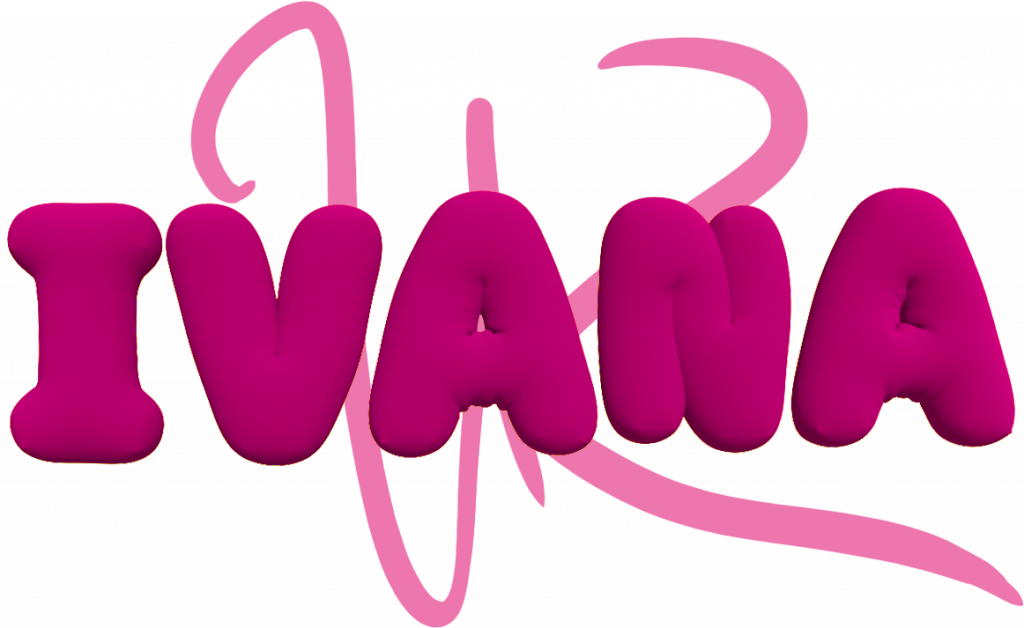In the 3D pathway in Term 1, we were introduced to Lip Sync and had the chance to work on some quick exercises. That was quite helpful as now I do have some knowledge about it. Although it is pretty different working in 2D than in 3D, it seems that the principles of animating speech are the same no matter the animation style.
I might be deceiving myself but animating the mouth movement is the least complicated part of the Lip Sync performance. Timing everything correctly and getting the body to respond accurately to the Speech/Face is what I find incredibly challenging.
For the first lip sync task I focused first on sketching the body movement keys and then studying the mouth shapes separately from the body, also, creating a character design to support the “story”. I find it very helpful when I have a good reference for the Acting which I can use for my animation later. Unfortunately, this was not the case this time as I and my partner couldn’t record one that performed well. Hence, I had to improvise and develop an Act by myself.

I decided to experiment this time and try to do some sort of rig in Adobe Animate. After watching numerous tutorials online and familiarising myself with the process, I drew the design in Animate, created a variety of eye and mouth shapes, and connected everything together.



After receiving some feedback I decided to redo the exercise and create a 3D version of it.
I worked in Maya and used my own rigged simple character. I did some blend shapes for the mouth shapes and adjusted the character design to match the sketch.

Although I find working in 3D easier for me, I believe that the reason for my 3D lip sync version being better than my 2D version is the fact that I have first done the exercise in 2D as I already have spent a lot of time on this task. Consequently, I start to realise that the style/software is not what makes the animation. Instead, the practice, theoretical knowledge and study of the principles of animation are what benefit the animator, and if you have those you can work with any style/software.
Too much body movement during lip sync can distract the viewer. Movements should me measured to not overpower the facial expressions, instead, they should work together.
For the second Lip Sync exercise I decided to stick with 3D. We were to use Vines for the sound so the one I picked was: “Be whatever you want to be, If you want to be a dog *WOOF* … you know”
Initially, I was thinking to have my character laying down throughout the whole act. However, I got this idea from listening to the sound over and over and it really reminded me of something that is all about calmness, positivity and ZEN. So I changed the concept and created an environment to represent that. I also decided that it’s just suitable for the character to do yoga. After some research on the Yoga topic, my final idea was for the character to start in the “Vrksasana” (Tree) Pose combined with the “Hasta Uttanasana” Pose, then the “Pranamasana” Pose (all of which are part of the Sun Salutation flow). To end my animated yoga flow I will focus on the “Adho Mukha Svanasana” (Downward Dog) Pose. As the character remains in the Dog pose while speaking, with the intention to make visual and sound references between the *WOOF* and this specific Yoga Pose.


I’ve planned it so that the character does their main acting at the beginning of the animation and then when the lip sync begins their movement is only very subtle. In that way, the first part serves as an introduction to the content of the speech that follows and does not distract the audience from the face of the character.
For the second lip sync, I am using the character provided to us – Bonki, as this character is rigged in a way that has a broader range of motions which I need for the purposes of flexibility in yoga. I could have used my own 3D character that I created, however, I wanted to achieve a better animation and I knew my own character wont be able to fit this animation.

